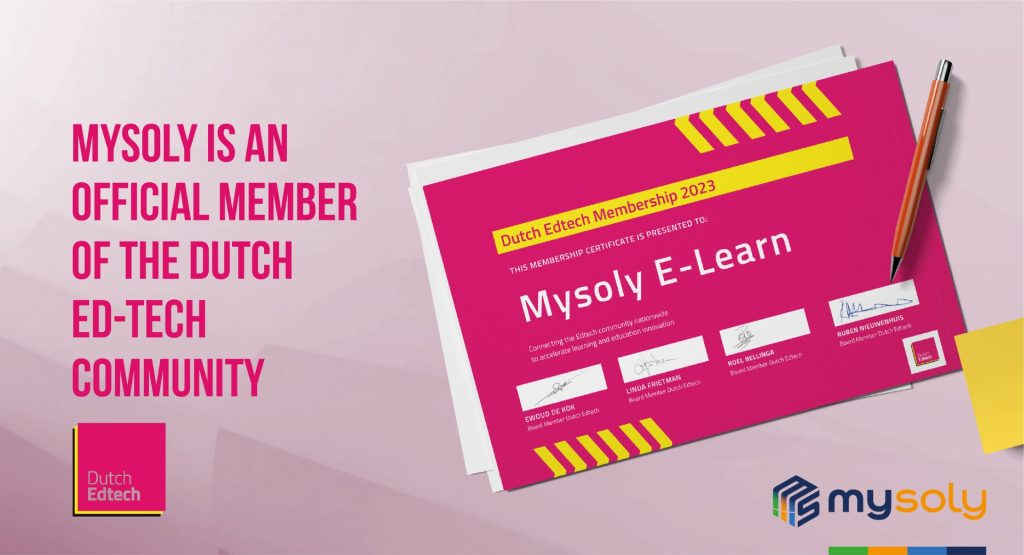Training evaluation methods: How to measure training success
Training plays a key role in improving skills and knowledge. However, it is important to know if the training is effective. This is where training evaluation methods come in. These methods help organizations measure learning outcomes. Therefore, they can improve future training programs.
Why is training evaluation important?
Training takes time and resources. So, organizations must ensure it delivers results. Effective training evaluation methods help in many ways:
- First, they show if employees have gained new skills.
- They highlight areas for improvement.
- Also, they measure the impact of training on job performance.
- They help in making better training decisions.
By evaluating training, businesses can make smarter investments in employee development.
Common training evaluation methods
There are several ways to assess training effectiveness. Below are the most common training evaluation methods.
1. Kirkpatrick’s model
Kirkpatrick’s model is a structured way to assess training programs. It consists of four levels, each offering valuable insights:
- Reaction – This level focuses on how participants feel about the training. Companies collect feedback through surveys or interviews. If learners find the training engaging and relevant, they are more likely to apply what they learn.
- Learning – At this stage, trainers test knowledge and skill improvement. They use quizzes, assignments, or practical tasks. A good result means the training was effective.
- Behavior – Here, organizations check if employees use their new knowledge at work. They observe performance, conduct interviews, or analyze work reports. If employees do not change their behavior, further support may be needed.
- Results – The final level measures the overall impact on the company. Metrics such as productivity, sales growth, or customer satisfaction help determine success. Since this step links training to business performance, it is highly valuable.
Since Kirkpatrick’s model is simple and clear, many organizations use it to evaluate training success.
2. The Phillips ROI model
The Phillips ROI model expands on Kirkpatrick’s framework by adding a fifth level:
- Return on Investment (ROI) – This step calculates the financial benefits of training. Organizations compare training costs with the financial gains from improved employee performance.
For example, if a company spends €10,000 on training and productivity increases by €30,000, the ROI is positive.
Since companies want to ensure their investments are valuable, the ROI model is useful. It helps decision-makers see whether training programs are worth the cost.
3. The CIPP model
The CIPP model (Context, Input, Process, Product) is a continuous improvement method:
- Context – This step identifies training needs. Therefore, organizations analyze challenges, goals, and required skills first.
- Input – Companies evaluate the training design, materials, and trainers. So, they ensure that resources are suitable for the learners.
- Process – The training delivery is assessed. Trainers check engagement levels and resolve issues during the program.
- Product – This final stage measures learning outcomes. Businesses collect feedback, test knowledge, and observe workplace improvements.
Since the CIPP model is flexible, it allows continuous refinement of training programs.
4. The Learning Transfer model
Training is successful only when employees use their new skills at work. This model checks if training leads to real behavioral change.
Key elements include:
- Workplace observation – Supervisors monitor employees to see if they apply new skills.
- Feedback sessions – Employees share their experiences and challenges.
- Support programs – Mentors or follow-up training help ensure learning transfer.
Since companies need training to drive real improvements, this method is highly valuable.
5. Pre- and Post-Training Assessments
This is one of the simplest training evaluation methods. Learners take a test before and after training. Companies then compare results to measure improvement.
- Pre-training assessment – Identifies the learner’s knowledge level before training.
- Post-training assessment – Measures progress and learning outcomes.
Since this method provides clear data, it is widely used. Moreover, it helps trainers adjust
Choosing the right training evaluation method
Not all methods fit every training program. Therefore, organizations should consider:
- Their training goals.
- Available resources.
- The type of skills being taught.
For example, if a company wants to measure financial impact, the Phillips ROI model works well. If they need feedback on training content, Kirkpatrick’s reaction level is useful.
How AI supports training evaluation
Technology makes training evaluation more efficient and insightful. AI-powered Learning Management Systems (LMS) automate data collection and provide real-time reports. Furthermore, they analyze learner performance, track progress, and identify skill gaps. This allows organizations to measure training effectiveness accurately.
Moreover, AI can personalize learning experiences based on individual needs. It adapts content and recommendations to help learners improve. Predictive analytics also play a key role. Since AI can analyze past training data, it can suggest improvements and forecast future learning outcomes. As a result, businesses can optimize their training programs and make data-driven decisions.
Conclusion
Training evaluation methods are essential for measuring success. They help businesses improve learning programs, track employee growth, and make better investments. Since training impacts business performance, organizations should use effective evaluation techniques.
Mysoly offers AI-based multilingual LMS solutions that simplify training evaluation. Our platforms provide real-time insights, automated assessments, and personalized learning paths. Discover how Mysoly can improve your training strategy today!



